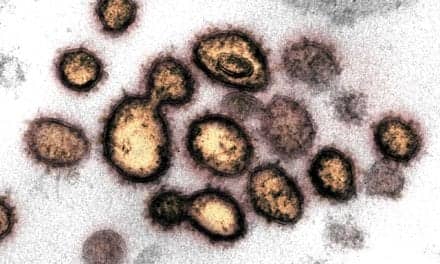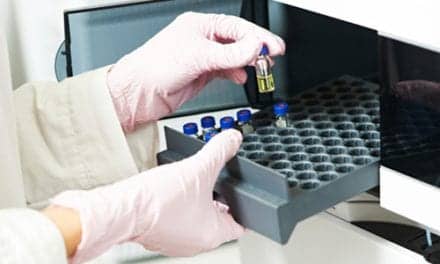Using robot-like devices deploying a hydrogen peroxide vapor (HPV) was more effective in reducing environmental contamination and the risk of acquiring multidrug-resistant organisms (MDROs) than standard cleaning protocols, according to infection control experts at The Johns Hopkins Hospital.
The paired robot-like devices, each about the size of a washing machine and weighing nearly 60 pounds, as well as supplies used in the study, were provided by their manufacturer, Bioquell Inc.
Following discharge, HPV was implemented on 3 high-risk units in a 994-bed tertiary care hospital to decontaminate the rooms of patients known to be infected or colonized with epidemiologically important MDROs. Monthly environmental samples for MDROs were collected at 3- and 6-month intervals.
Investigators found that, after adjusting for other factors, patients admitted to rooms decontaminated using HPV were 64% less likely to acquire any MDRO and 80% less likely to acquire Vancomycin-Resistant Enterococci (VRE).
“What is so exciting about this new method of infection control is that the devices are easy to use and hospital staff embrace it very quickly,” says surgeon and study co-investigator Pamela Lipsett, MD, MHPE. Lipsett, a professor and director of surgical and critical care fellowship training at Johns Hopkins, says that during the study and before room cleanings, staff were “wheeling in” other pieces of equipment so these, too, could be decontaminated by the hydrogen peroxide vapor.
As a result of the study and the researchers’ recommendation, JHH has purchased two of the Bioquell decontaminating units, which cost more than $40,000 per pair. The devices, already in use at some 20 other hospitals across the country, will be used at Johns Hopkins to decontaminate rooms typically housing high-risk patients under strict isolation precautions because of severe infection with a multiple-drug-resistant organism.









